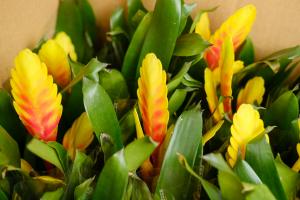1、 Soil:
It can grow in most lands and has strong adaptability, but it is better to use fertile, permeable and organic rich soil
2、 Illumination:
In the cultivation process of solitary vegetable, it needs to receive sufficient light. However, the intensity of light should not be too strong to avoid sunburn
3、 Watering:
As a drought tolerant plant, the demand for water is not high, so it does not need too much watering. In the process of cultivation, spraying can be adopted, and less water can be poured to keep the soil moist
4、 Temperature:
The nature of solitary vegetable is mild and cool. Too high temperature will lead to its emaciation and dwarfism, bolting and flowering. Too low temperature will lead to the extension of growth cycle and poor quality. During planting, the temperature should be controlled at 12-20 ℃
5、 Precautions:
1. Land preparation: when planting monocotyledons, we must choose plots with less weeds. The land preparation should be careful and there should be no large clods
2. Fertilization: when sowing, you can apply base fertilizer appropriately without too much
3. Pests: common pests include aphids and borers, which can be controlled by spraying insecticides, or by trapping and killing technology, so as to ensure the normal growth of solitary vegetables

 jackfruit
jackfruit snake plant
snake plant hibiscus
hibiscus hydrangea
hydrangea lavender
lavender Green roses climb al...
Green roses climb al... If you don't pay att...
If you don't pay att... Management of four g...
Management of four g...



































